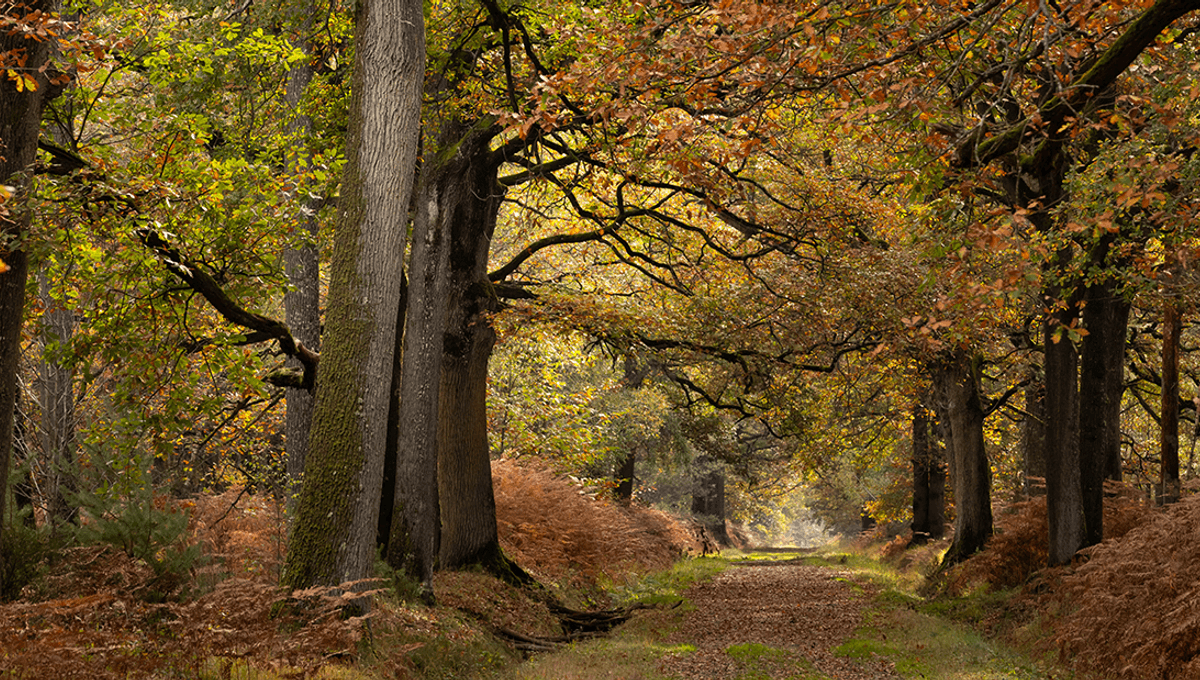
You may notice that on certain years, trees like oaks, pines, and spruces produce a ridiculous number of their seeds. Where on other years you might be able to walk around a local park without treading on any acorns, on what is known as “mast” years you can barely wade your way through the squirrel food.
Masting trees do not put down the same number of seeds every year, but produce a bumper crop followed by several years of producing far fewer seeds. What is interesting about this is that trees tend to synchronize locally (i.e. have mast years at the same time), and this synchronization can happen between trees spanning hundreds of kilometers.
Part of the reason it happens is to do with energy conservation.
“Producing a big crop of seeds takes a lot of energy,” Emily Moran, Assistant Professor of Life and Environmental Sciences, University of California, Merced, explained in The Conversation. “Trees make their food through photosynthesis: using energy from the Sun to turn carbon dioxide into sugars and starch. There’s only so many resources to go around, though. Once trees make a big batch of seeds, they may need to switch back to making new leaves and wood for a while, or take a year or two to replenish stored starches, before another mast.”
This cycle of course has a knock-on effect on the local ecosystem, perhaps to the trees’ advantage. One idea for why trees mast is the “predator sedation” hypothesis. This is the idea that producing bumper crops helps satisfy predators of its seeds, leaving enough left over to grow into plants. During the interval between mast years, the lack of food (or potential offspring, depending on whether you are a squirrel or a tree) put down by the trees starves off the trees’ natural predators in time for the next bumper year.
“There is synchrony in seed production, both among individuals in the same population and among populations of sympatric species sharing the same seed predators,” one team exploring this wrote, supporting the idea. Another idea is that dispersing seeds all at once is more effective for trees that rely on the wind to carry their seeds, rather than a consistent smaller output.
However, the mechanisms of how trees synchronize masting remains a mystery.
“There’s no general consensus (among scientists) on why we see these mast years,” Jonathan M. Lehrer, associate professor and chair of the Department of Urban Horticulture and Design at Farmingdale State College in New York, told ABC News. “There’s a lot of conjecture that it’s caused by variations in temperature and natural rainfall, but we’ve never been able to hammer out exactly why some years have greater production than others.”
[H/T: The Messenger]
Source Link: Trees Synchronize Their Masting And We Don't Really Know How